Filter by
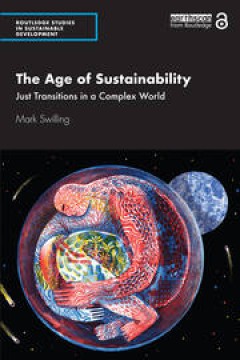
The Age of Sustainability
ABSTRACT With transitions to more sustainable ways of living already underway, this book examines how we understand the underlying dynamics of the transitions that are unfolding. Without this understanding, we enter the future in a state of informed bewilderment. Every day we are bombarded by reports about ecosystem breakdown, social conflict, economic stagnation and a crisis of identity. T…
- Edition
- -
- ISBN/ISSN
- 9780429057823
- Collation
- -
- Series Title
- -
- Call Number
- -

Socialism and Legal History
ABSTRACT This book focuses on the way in which legal historians and legal scientists used the past to legitimize, challenge, explain and familiarize the socialist legal orders, which were backed by dictatorial governments. The volume studies legal historians and legal histories written in Eastern European countries during the socialist era after the Second World War. The book investigates w…
- Edition
- -
- ISBN/ISSN
- 9780367814670
- Collation
- -
- Series Title
- -
- Call Number
- -
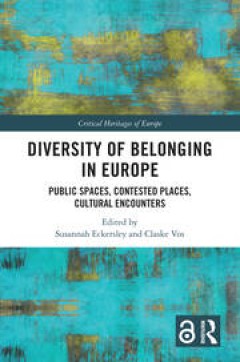
Diversity of Belonging in Europe
ABSTRACT Diversity of Belonging in Europe analyzes conflicting notions of identity and belonging in contemporary Europe. Addressing the creation, negotiation, and (re) use of diverse spaces and places of belonging, the book examines their fascinating complexities in the context of a changing Europe. Taking an innovative interdisciplinary approach, the volume examines renegotiati…
- Edition
- -
- ISBN/ISSN
- 9781003191698
- Collation
- -
- Series Title
- -
- Call Number
- -

The Fourth Industrial Revolution and the Recolonisation of Africa
ABSTRACT This book argues that the fourth industrial revolution, the process of accelerated automation of traditional manufacturing and industrial practices via digital technology, will serve to further marginalise Africa within the international community. In this book, the author argues that the looting of Africa that started with human capital and then natural resources, now continues un…
- Edition
- -
- ISBN/ISSN
- 9781003157731
- Collation
- -
- Series Title
- -
- Call Number
- -
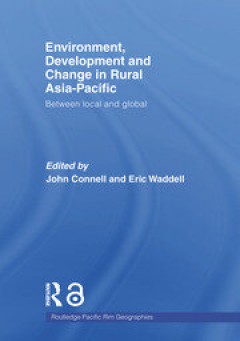
Environment, Development and Change in Rural Asia-Pacific
ABSTRACT This volume examines the economic, political, social and environmental challenges facing rural communities in the Asia-Pacific region, as global issues intersect with local contexts. Such challenges, from climatic change and volcanic eruption to population growth and violent civil unrest, have stimulated local resilience amongst communities and led to evolving regional institutions an…
- Edition
- -
- ISBN/ISSN
- 9780203967843
- Collation
- -
- Series Title
- -
- Call Number
- -

Revolution, Reform and Regionalism in Southeast Asia
ABSTRACT Based on research carried out over the three decades, this book compares the post-war political economies of Cambodia, Laos and Vietnam in the context of their individual and collective impact on contemporary efforts at regional integration. The author highlights the different paths to reform taken by the three neighbours and the effect this has had on regional plans for economic deve…
- Edition
- -
- ISBN/ISSN
- 9780203099476
- Collation
- -
- Series Title
- -
- Call Number
- -

Forced Mobility of EU Citizens
ABSTRACT Forced Mobility of EU Citizens is a critical evaluation from an empirical perspective of existing practices of the use of transnational criminal justice instruments within the European Union. Such instruments include the European Arrest Warrant (EAW), prisoner transfer procedures and criminal law-related deportations. The voices and experiences of people transferred across internal…
- Edition
- -
- ISBN/ISSN
- 9781003254584
- Collation
- -
- Series Title
- -
- Call Number
- -

Cultural Mobilities Between Africa and the Caribbean
ABSTRACT This book investigates the cultural connections between Africa and the Caribbean, using the lens of Mobility Studies to tease out the shared experiences between these highly diverse parts of the world. Despite their heterogeneity in terms of cultures, languages, and political and economic histories, the connections between the African continent and the Caribbean are manifold, stret…
- Edition
- -
- ISBN/ISSN
- 9781003152248
- Collation
- -
- Series Title
- -
- Call Number
- -
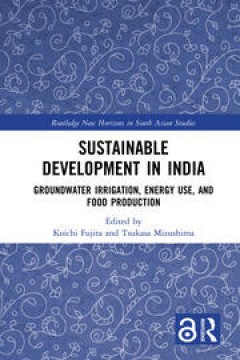
Sustainable Development in India
ABSTRACT This book explores and interrogates the food–water–energy nexus, arguably the most crucial factor in sustaining India’s economic development. The book sheds light on different experiences faced in states across India, including the consequences of electricity tariff reforms and related policies on irrigated agriculture. Part 1 focuses on the historical development of agricult…
- Edition
- -
- ISBN/ISSN
- 9781003036074
- Collation
- -
- Series Title
- -
- Call Number
- -
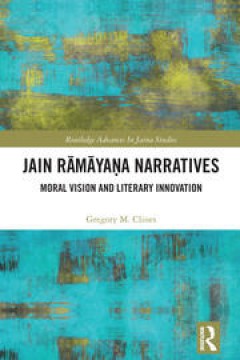
Jain Rāmāyaṇa Narratives
BSTRACT Jain Rāmāyaṇa Narratives: Moral Vision and Literary Innovation traces how and why Jain authors at different points in history rewrote the story of Rāma and situates these texts within larger frameworks of South Asian religious history and literature. The book argues that the plot, characters, and the very history of Jain Rāma composition itself served as a continual font of in…
- Edition
- -
- ISBN/ISSN
- 9781003167600
- Collation
- -
- Series Title
- -
- Call Number
- -
 Computer Science, Information & General Works
Computer Science, Information & General Works  Philosophy & Psychology
Philosophy & Psychology  Religion
Religion  Social Sciences
Social Sciences  Language
Language  Pure Science
Pure Science  Applied Sciences
Applied Sciences  Art & Recreation
Art & Recreation  Literature
Literature  History & Geography
History & Geography